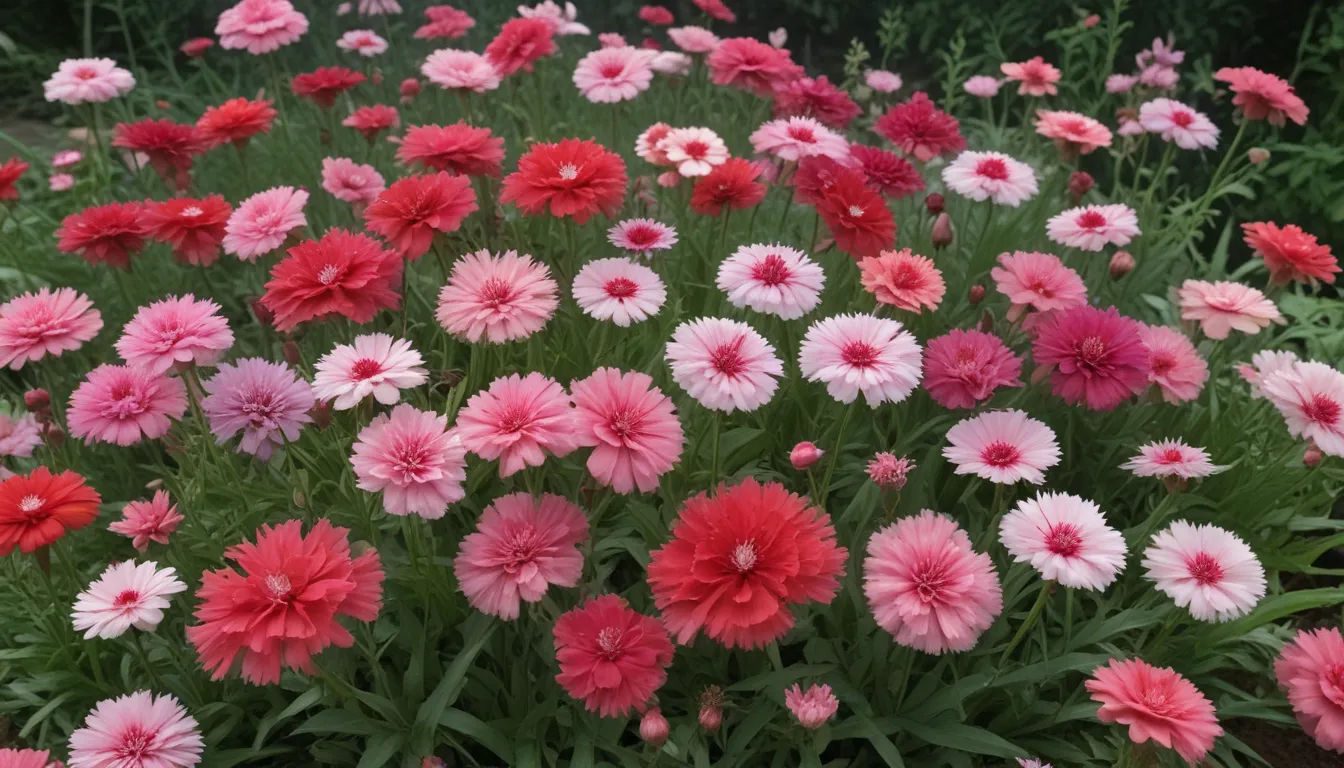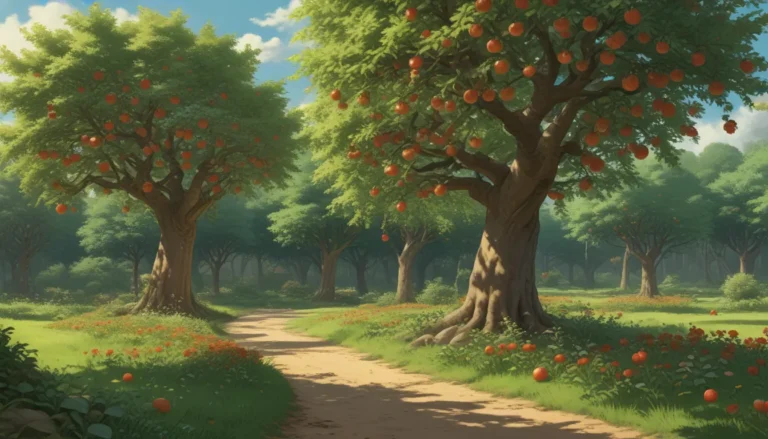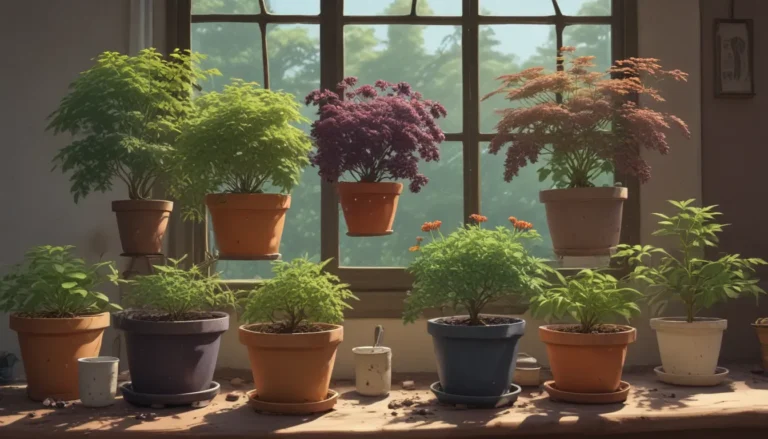Best Companion Plants for Dianthus: A Comprehensive Guide

Dianthus species, including carnations, pinks, and sweet williams, are charming, old-fashioned flowers known for their ruffled petals and spicy scent. Choosing the right companions for these plants can enhance their beauty and create stunning mixed plantings in your garden.
Why Choose Companion Plants for Dianthus?
Pairing dianthus with suitable companion plants can help showcase their beauty, add variety to your garden, and create eye-catching displays. With a wide range of cultivars available, dianthus can be easily mixed with other plants to create unique combinations. Whether you’re planning a cottage garden, a patio planter, or a rockery, incorporating dianthus in your mixed plantings is a sure way to delight both you and your garden visitors.
Choosing the Right Companions
When selecting companion plants for dianthus, it’s essential to consider factors such as sun exposure, soil type, and watering requirements. Opt for plants that have similar growing conditions to ensure easy maintenance and prolific growth in your garden. In addition to these factors, you may also want to consider aspects such as scent, color, and growth habits when choosing companion plants for dianthus.
The Best Companion Plants for Dianthus
Here’s a curated list of some of the best companion plants for dianthus, categorized by annuals, perennials, herbs, and shrubs:
Annuals
- Bachelor’s Button: A charming wildflower with bright blue, mauve, pink, or white flowers.
- Geranium: An old-fashioned favorite that flowers all summer long.
- Marigold: A colorful and hardworking companion plant that repels garden pests.
- Pansy: Provides cool-season flowers in a variety of colors.
- Petunia: Fast-growing annuals available in numerous colors.
- Salvia: Versatile plants with tall flower spires in a range of colors.
- Snapdragon: Flowers prolifically in cool temperatures and pairs well with dianthus.
- Sweet Pea: Perfect for container gardens and cut flower arrangements.
- Verbena: Frost-tender trailing or mounding plants in various colors.
- Zinnia: Fast-growing annuals with bright shades of color.
Perennials
- Allium: Ornamental plants with large flower globes in various shades.
- Artemisia: Valued for their silvery gray foliage, excellent as a background plant.
- Bee Balm: Impressive pollinator-attracting flowers in various colors.
- Coneflower: Colorful flowers that bloom from midsummer onwards.
- Delphinium: Tall and stately flowers that make a vertical statement.
- New England Aster: Pretty daisy-like flowers in shades of blue, pink, purple, and white.
- Ornamental Grass: Adds structure and elegance to the garden.
- Phlox: Bright and colorful ground cover or rock garden plants.
- Red Valerian: Profusely flowering plants in shades of crimson, pink, or white.
- Russian Sage: Beautiful purple haze of blooms from midsummer until frost.
- Shasta Daisy: White flowers that contrast beautifully with dianthus.
- Succulents: Unique foliage and bright flowers for container gardens or rockeries.
Herbs
- Marjoram: Low-growing herb with lavender, pink, or white flowers.
- Oregano: Versatile plant for culinary use with dainty flowers.
- Rosemary: Evergreen herb with small blue flowers in spring.
- Sage: Ornamental with frosty gray-green foliage and pretty flowers.
- Thyme: Tiny flowers in various colors for borders and containers.
- Winter Savory: Piquant herb with mounds of green leaves and small flowers.
Shrubs
- American Beautyberry: Midsized shrub with lilac berries in late summer.
- Boxwood: Evergreen shrub used for structure and formal gardens.
- Forsythia: Masses of sunshine-yellow flowers in full bloom.
- Lilac: Large panicles of magenta, mauve, purple, and white flowers.
- Rose: Classic garden plants with sweetly fragrant blooms.
- Tree Peony: Deciduous shrubs with scalloped flowers in various colors.
- Viburnum: Evergreen shrubs with spicily scented pink or white flowers.
By selecting the right companion plants for your dianthus, you can create stunning mixed plantings that enhance the beauty of your garden and provide a delightful environment for both you and your visitors.
Final Thoughts
Pairing dianthus with suitable companion plants is a fantastic way to showcase their beauty and create stunning mixed plantings in your garden. Consider factors such as sun exposure, soil type, and watering requirements when choosing companion plants to ensure easy maintenance and prolific growth. By incorporating the best companion plants for dianthus, you can create a vibrant and visually appealing garden that will be a joy to behold.
What are some of your favorite dianthus combos? Share your thoughts in the comments below and let us know how you’ve used companion plants to enhance the beauty of your garden.





